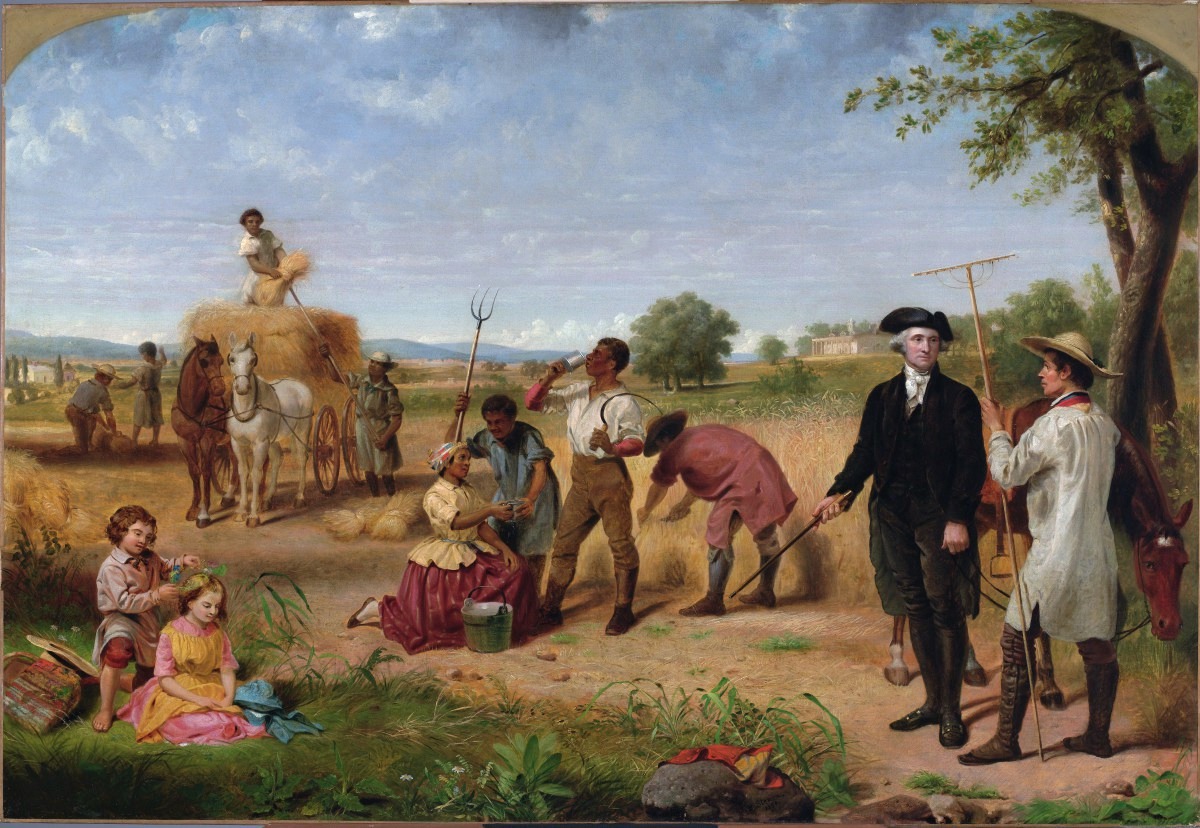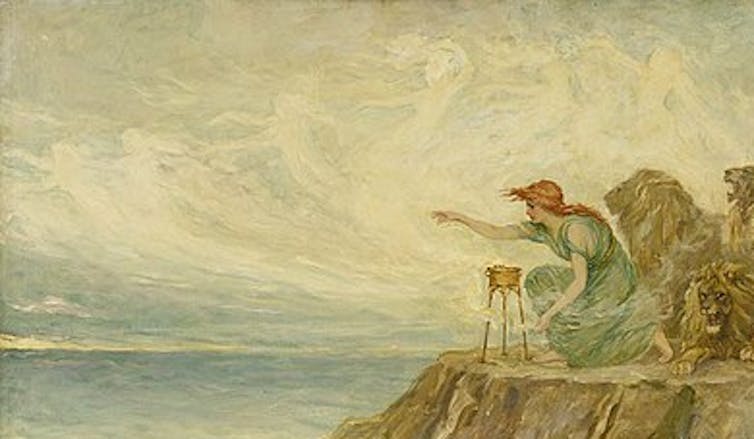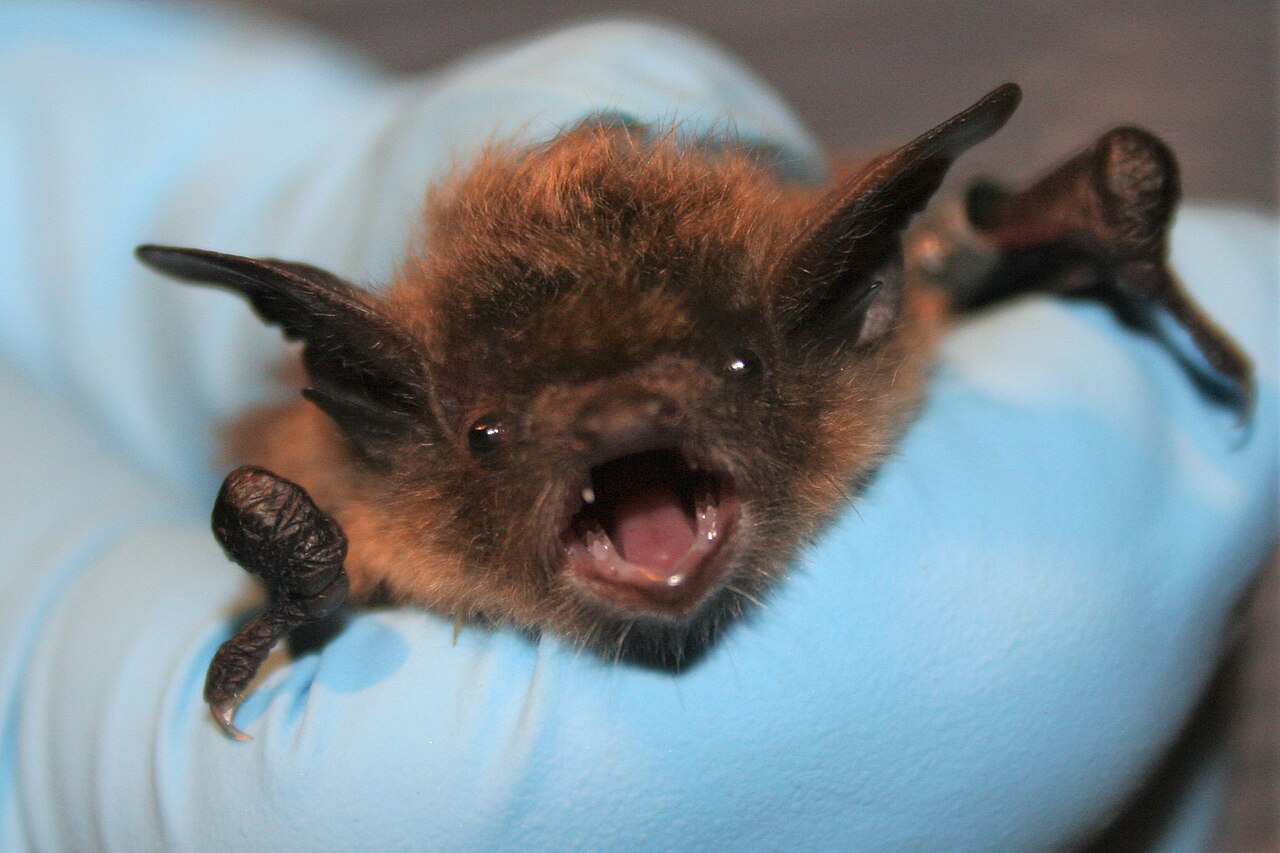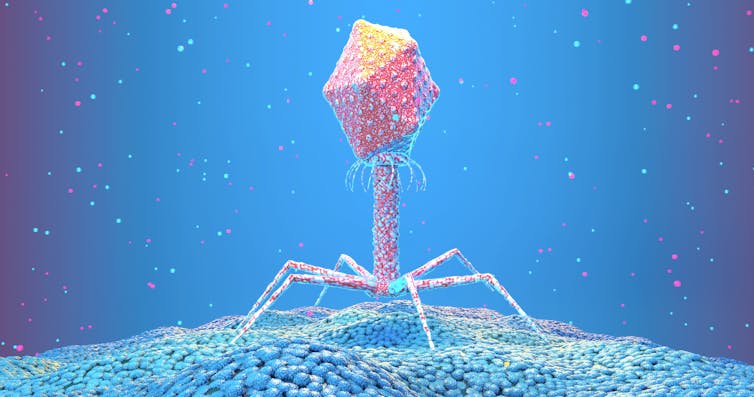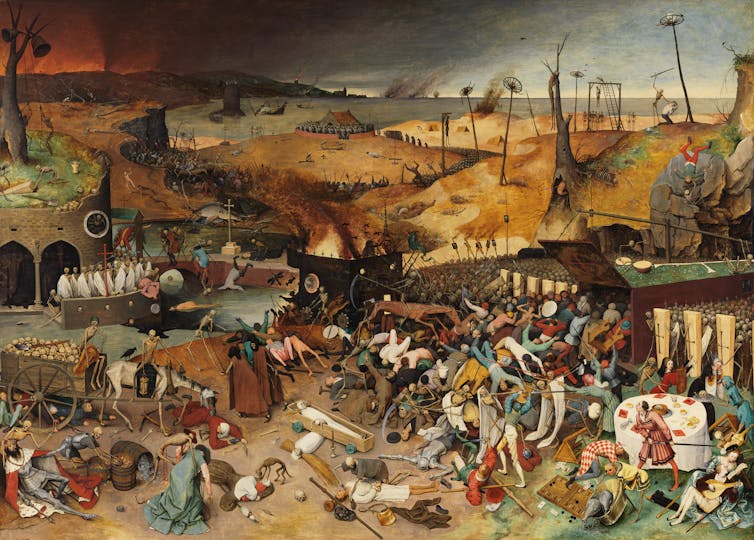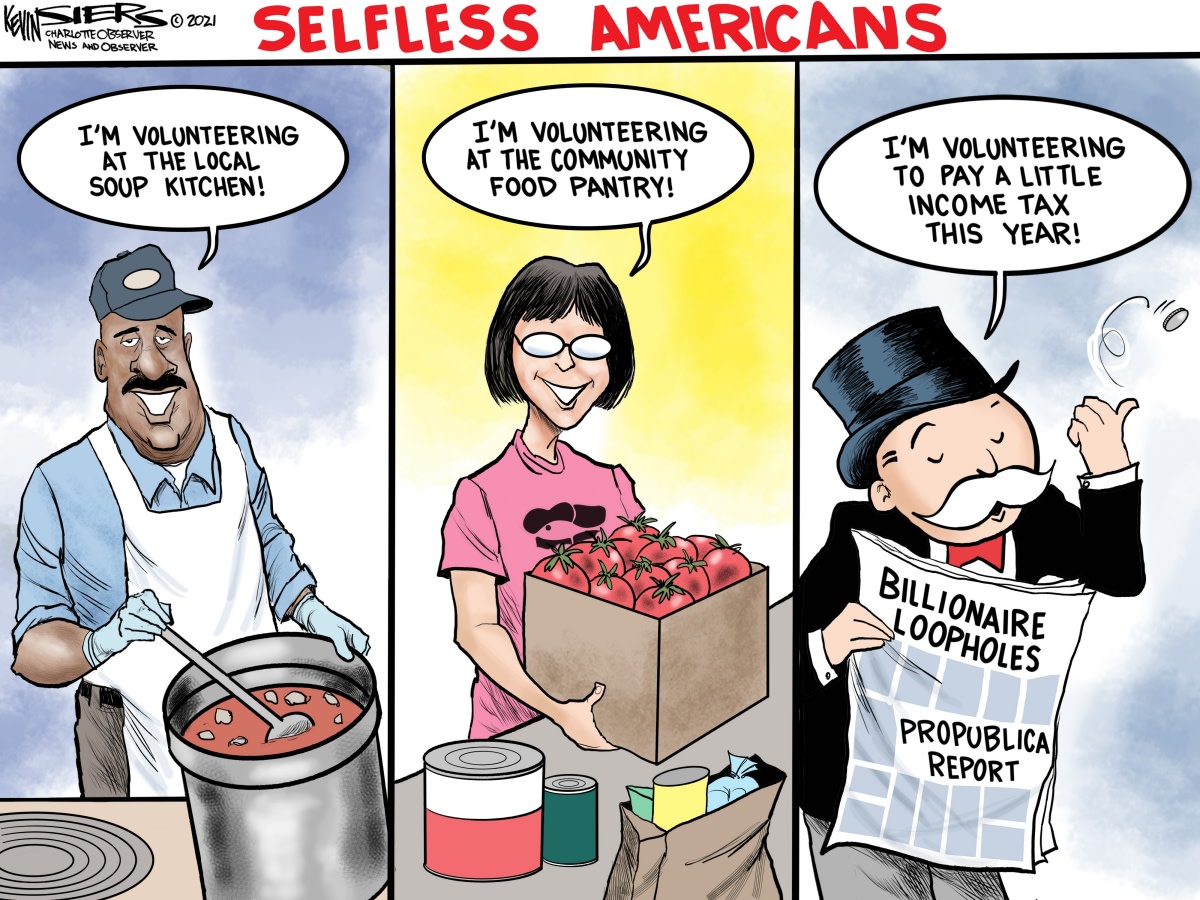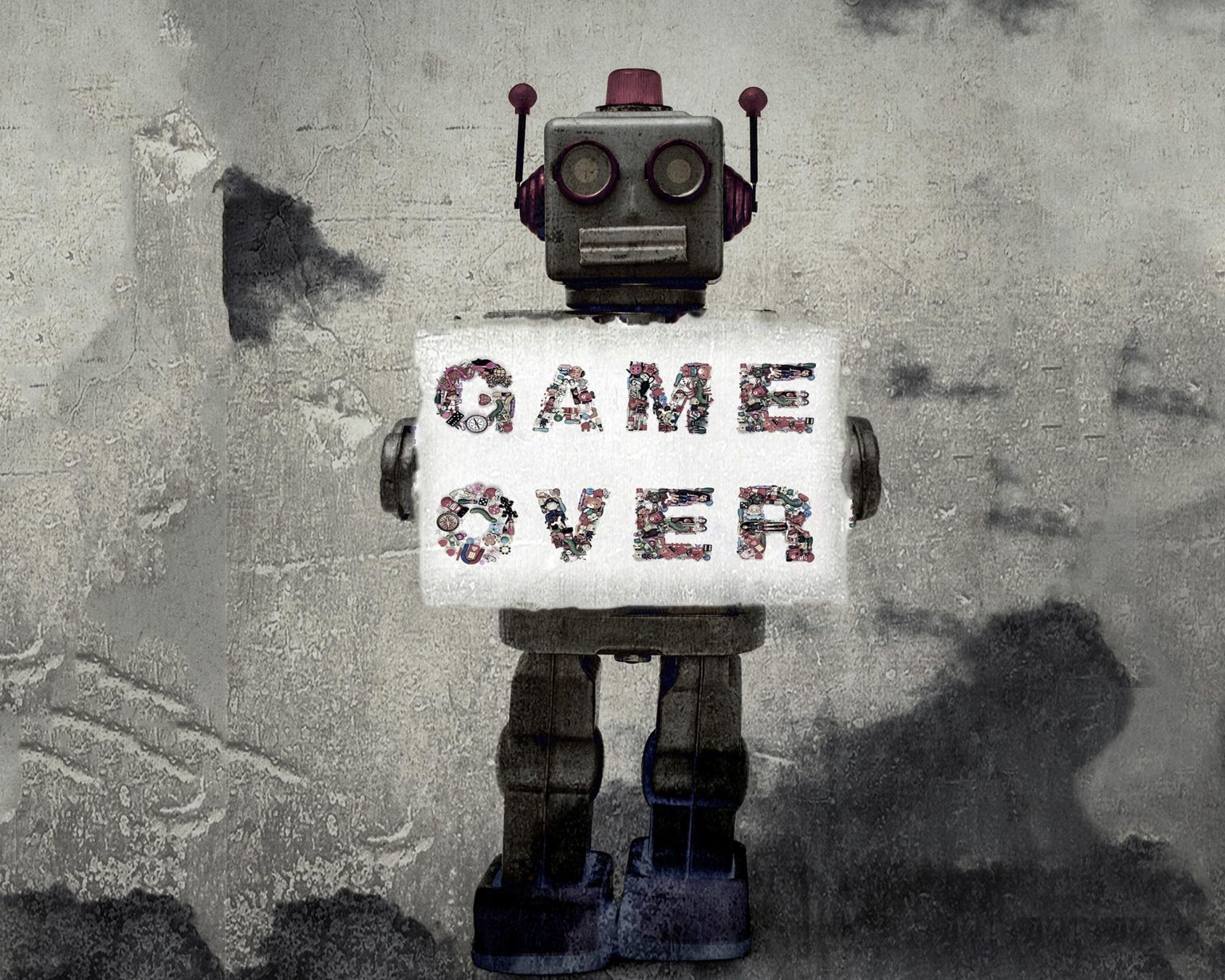More than a decade in the making of a sloppy P.O.S.
By Will Collette
I am taking on the challenge of CCA senior Town Council member Bonnie Van Slyke who published an 8-theses editorial titled “Ignore Deception And Focus On Accomplishments.”
Rather than write one giant article, I am breaking up Bonnie’s eight claims into more digestible chunks. In this installment, the theme is overblown claims.
It’s the common practice of the Charlestown Citizens Alliance to turn their problematic performance into grand triumphs. Pretty much every one of Van Slyke’s eight claims share that feature, but none more than this, her third item:·
Comprehensive Planning for the Future—Our Comprehensive Plan for the next 20 years was certified by the state of Rhode Island. The town now has protection from outside influences and can begin to implement the plan’s policies, goals, and action items.
Wow! Let’s start with a simple fact: the plan was eight years late. The old plan expired in 2013. Planning Commissar Ruth Platner who was primarily responsible for crafting the plan promised in 2012 that the plan would be done on time. She failed to do that by a lot.
Then there’s the less simple but easily provable fact that the Comprehensive Plan Platner submitted is crap. It checked enough of the boxes to get state approval but it’s still crap.Here’s why.
First, the Plan focuses almost entirely on retaining Charlestown’s “rural character,” a term that is never defined but is, in my opinion, Charlestown’s version of Jim Crow.
The Plan envisions a continuing, relentless increase in the amount of land taken off the tax rolls and held as open space. The Plan envisions a to-the-death fight against anything that bumps up against Platner’s vision of Charlestown as a rustic colonial village, circa 1675.
According to the Plan (Chapter 11, pages 4-5), Charlestown’s total area is 59.3 square miles of which 22.5 square miles (37.9%) are water. Tax Assessor data on page 5 shows 59.7% of Charlestown’s land area is either tax “exempt” or undeveloped. Altogether, that means that 45 of Charlestown’s 60 square miles are open space. That’s 75% and that’s a lot of open space.
Open space and “rural character” are the only issues Charlestown’s new Plan addresses with any seriousness. The rest is a muddle of superficiality, omission, misrepresentation and especially in the Transportation and Energy sections, pure nonsense.
The Plan leaves out or botches just about every other aspect you would expect to see in a municipal Comprehensive Plan. Some of the worst sections include:
Transportation (Chapter 8) which is, I think, the most ineptly handled part of the Plan is the chapter on. Because Charlestown is a self-contained rural paradise, the Plan envisions no need whatsoever for public transportation. In our Charlestown utopia, all citizens will walk or ride bikes to their jobs and destinations. (8-3). Seriously.
Or if need be, you can drive your own car. But if you don’t have a car or you are too old or infirm to ride a bike or walk, the only option the plan offers you is Uber (Chapter 8, page 20). Again, seriously.
Our never-ending war with the Narragansetts and institutional racism rate barely a mention even though they are a stain on the town’s character. We fight efforts of the tribe to improve its economic condition, opposing Tribal efforts here, as well as in towns far from Charlestown. We deny the Tribe their sovereignty. But there is an interesting segue into …
Affordable housing, which the Plan admits we don’t have enough. Charlestown’s record is among the worst in the state. However, in this Plan, there is a vague reference to some type of collaboration with the Narragansetts to help them build affordable housing for their own members.
The Plan ignores the historical fact that Charlestown has fought and blocked all prior efforts by the tribe to build affordable housing. Plus, Charlestown consistently holds that the Tribe may build NOTHING without the town’s expressed approval, which is a deal-breaker for the Tribe.
And the town has even gone so far as to ask the state to exempt Charlestown from the affordable housing mandate because we’re special and, well, “rural character.”
Here's the latest rundown on Charlestown and affordable housing by HousingWorks RI at Roger Williams University:
 |
| New technologies for residential wind energy, like this wind power wall, are silent, efficient but illegal in Charlestown. |
Charlestown did a good thing when it sponsored a brief “Solarize Charlestown” program to allow homeowners to install solar panels at a group discount. Cathy and I were one of those households, but there were only about 30 of us.
 |
| On the other hand, this is a fine way to generate energy according to the CCA |
The Plan does note another form of energy that exploits our dense tree cover: we can burn more wood (Ch. 6, pgs. 9-10).
Except wood burning isn't on anyone’s list of green energy sources even though, technically, it is renewable.
Jobs and the economy (Chapter 9). The Plan says we like things just the way they are, thank you very much, where we have few jobs in town other than tourism-related and services (Chapter 9, page 7). These are the only sectors where the Plan envisions any growth. But one glaring problem is that these are generally very low-paying jobs.
 Since we have an inadequate supply
of affordable housing, almost no affordable rentals and no public
transportation links, where are these tourism and service workers supposed
to come from?
Since we have an inadequate supply
of affordable housing, almost no affordable rentals and no public
transportation links, where are these tourism and service workers supposed
to come from?
The Plan also notes the continuing trend for Charlestown’s population to get older. Who is supposed to take care of Charlestown’s growing elderly population? The Plan doesn’t say.
Maybe Charlestown will shuttle in service workers and, of course, get them out of town by sundown. The Plan doesn't say.
But we don’t use our taxing power to help residents and local businesses conform to town ordinances, such as dark sky lighting, improved septic systems, porous paving, landscaping, etc. When Charlestown mandates expensive changes, it ought to offset the cost through tax credits.
Tax breaks could encourage residents to volunteer at the chronically under-staffed Charlestown Fire District.
Tax breaks could drive conversion to solar, wind and geo-thermal use by businesses and residences.
We should revisit giving permanent residents a Homestead Tax Credit, as Narragansett has done with great success. Last time this was proposed, there was an revolt by non-resident property owners but since then, driven by the pandemic, many of these rich rebels have made Charlestown their home.
We need to clean up improper zoning (where property is taxed as open space or recreational but is in fact commercial or residential). Ruth Platner promised to clean that up 10 years ago.
We need to end the tax breaks for Charlestown’s two fake Fire Districts (Shady Harbor and Central Quonnie). These two fire districts have no fire stations, fire trucks or fire fighters, but they do own shoreline – and they restrict access, as well as recreational facilities and lots of valuable beach property. Shady Harbor pays NO Charlestown property taxes and Central Quonnie pays tax on ridiculously low assessments.
 |
| Does anyone remember Phil Armetta? He owned the COPAR quarries that once operated in Charlestown and Westerly. Even though he was convicted on organized crime charges and served time in federal prison, Town Administrator Mark Stankiewicz allowed him a business permit to operate a sand and gravel operation on Route 91. |
We have nothing in the Plan to deal with all the abandoned quarries all over town. The town does have one ordinance: it is a crime to swim in an abandoned quarry. Quarries are indeed dangerous; dozens of people die in them every year.
The year after the Copar Quarry closed, a young man was killed in afall off its high walls. Instead, why not use these open pits as sites for solar farms?
Charlestown does not have a “Bad Actor” ordinance or policy that screens out businesses with bad track records from getting permits or contracts.
If Charlestown had a Bad Actor policy, it could have stopped COPAR from taking over the Morrone quarry on Route 91 or more easily defeated the Dollar Store (they have a record of chronic labor violations).
Ruth Platner took eight extra years to come up with Charlestown’s new Comprehensive Plan. When you review how poorly the Plan deals with institutional racism, transportation, energy and climate change, housing, jobs and the economy, an aging population, tax justice and blighted quarries, you have to wonder what she actually did during those eight years.
You also have to wonder if Bonnie
Van Slyke actually read the Plan before coming up with her little tribute to
it.
To read the earlier installments of "Slyke of Hand":

